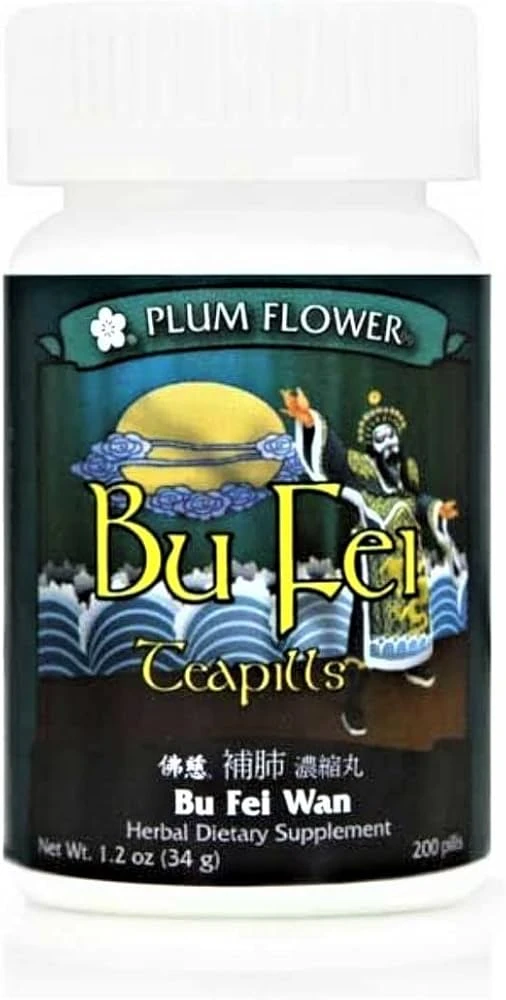Authored by Terrence Shenfield MS, RRT-ACCS, RPFT, NPS, AE-C
Essential oils have captivated wellness enthusiasts worldwide, but what truly defines their magic? It lies in the unique functional groups in natural oils that make each essential oil distinct. Understanding these chemical structures will unlock why some oils calm, while others energize.
This blog unpacks the chemistry of essential oil functional groups, how they influence a plant’s fragrance and therapeutic properties, and directs you to deeper resources for comprehensive learning. Think of this as your guide to essential oil functional groups, one that can shape how you integrate oils into health and wellness.
What Are Functional Groups in Essential Oils?
To understand functional groups, you need a quick chemistry refresher. Functional groups are specific clusters of atoms within molecules that define those molecules' unique reactions and properties. For essential oils, functional groups establish their scent, therapeutic effect, and even how they interact with the human body.
Every essential oil is composed of multiple functional groups. These groups play a prominent role in their chemical and biological behavior. They’re the reason lavenders soothe, citrus uplifts, and eucalyptus refreshes.
Common Functional Groups Found in Essential Oils
Here’s a breakdown of some major functional groups you'll find in the chemistry of essential oil functional groups and their associated properties:
- Alcohols (e.g., linalool in lavender oil): Antibacterial, calming properties, and enhances relaxation.
- Aldehydes (e.g., citral in lemongrass oil): Offers antifungal potential and a fresh citrus scent.
- Ketones (e.g., camphor in rosemary oil): Encourage cell regeneration and aid respiratory health.
- Esters (e.g., linalyl acetate in bergamot oil): Known for soothing and balancing effects.
- Phenols (e.g., eugenol in clove oil): Potent antiseptics that energize and support immunity.
For a full guide on these, visit our Aromatherapy Knowledge Center here.
Why Functional Groups Matter in Essential Oils
- Impact on Health
Each functional group interacts with the human body in specific ways. For example, alcohols are great for cleaning minor wounds, while esters help calm the nervous system. Functional groups define how oils affect our physical and emotional well-being.
- Fragrance Profiles
An essential oil’s aroma is shaped by its functional groups. The refreshing scent of peppermint comes from its alcohol-rich content, while the spicy warmth of clove stems from its phenolic compounds.
- Therapeutic Applications
Whether you're diffusing oils to relieve stress, applying diluted oils to relax sore muscles, or even blending them into skincare, understanding functional groups helps maximize benefits.
Want to learn more about the therapeutic benefits of essential oils? Explore our detailed article on essential oil therapy here.
The Science Behind Oil Blends
Why do some essential oils blend well, while others clash? It’s all about the compatibility of their functional groups.
Creating Harmony in Blends
The chemistry of essential oil functional groups determines whether interactions are harmonious or clashing. For instance, oils high in esters (e.g., lavender) pair beautifully with those containing alcohols (e.g., tea tree) for calming blends.
Enhancing Effects
When blended purposefully, oils can enhance each other’s properties. A combination of phenols (like in oregano oil) and alcohols (such as rose oil) creates a powerful antimicrobial blend while softening the phenols’ intensity.
For detailed blending tips, check out our article on essential oil therapy.
Practical Applications of Functional Groups in Daily Life
- Aromatherapy
Diffusing plant oils, such as eucalyptus (rich in ketones), supports clear breathing and increased energy. It’s a direct use of the science of functional groups.
- Skincare
Lavish your skin with oils rich in esters (like bergamot) to soothe and balance skin health naturally. Essential oils are often combined with carrier oils to leverage their biological activity safely.
- Stress Management
Esters and alcohol-rich oils, such as lavender and chamomile, are commonly used to calm the mind and body.
- Natural Cleaning
Alcohol- and phenol-heavy oils, such as tea tree oil, serve as effective, all-natural cleaning agents.
How to Choose Essential Oils with the Right Functional Groups
Navigating the vast selection of essential oils can seem daunting. Here’s how understanding functional groups can guide your choices.
- For relaxation, focus on oils high in esters (e.g., lavender and ylang-ylang).
- For energy boosts, turn to alcohol-rich oils, such as peppermint or rosemary.
- To combat colds or improve respiratory health, choose oils heavy in ketones (e.g., eucalyptus).
- For natural antiseptic solutions, opt for phenol-rich oils, such as clove or oregano.
Join the ATECAM Community of Wellness Advocates
Unlock the full potential of essential oils with ATECAM’s premium resources. Explore curated bottles designed to align with your wellness goals and backed by years of research into functional groups.
Take the next step and shop our exclusive collection of essential oils during our Black Friday Sale today!
Stay curious, stay well,
Terrence Shenfield MS, RRT-ACCS, RPFT, NPS, AE-C
References
- Buckle, J. (2014). Clinical Aromatherapy. Churchill Livingstone.
- Tisserand, R., & Young, R. (2014). Essential Oil Safety. Elsevier.
- Battaglia, S. (2018). The Complete Guide to Aromatherapy. IKON Institute.
- Price, S., & Price, L. (2007). Aromatherapy for Health Professionals. Churchill Livingstone.
- Holmes, P. (2016). Aromatica. Singing Dragon.



